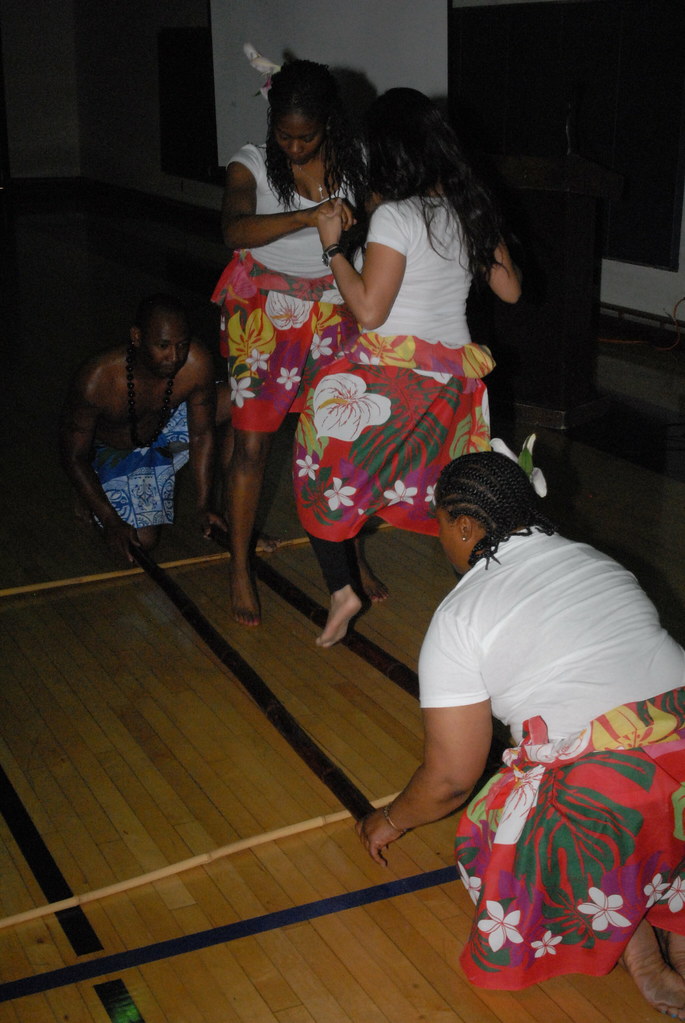From pre-colonial indigenous rites to Catholic, Chinese, and Islamist customs, Philippine wedding traditions is a lovely fusion https://eudl.eu/doi/10.4108/eai.11-10-2021.2319480 of local and foreign influences. However, despite having different cultural backgrounds, love and commitment is a common theme in Filipino marriage rites.
A conventional Filipino ceremony, such as the pamanhikan, in which the groom’s family pays the bride a visit and publicly asks for her hand in marriage, was an extravaganza of folk rituals huge before Spain colonized the Philippines. A babaylan had thank the newlyweds on the first day by holding their joined arms over a dish of rice. The handful then went back to their arbor and enjoyed a delicious meal there until the next time.
Most families https://asiansbrides.com/hot-filipino-girls/ in the Philippines also practice pamanhikan traditions today, but they do so with a more contemporary flair. To the babaylan’s home, the bride and groom may been led on individual festivities while frequently carrying meal or flower products. The few may next kiss and hug each other as the babaylan prays over the wheat disk.
The brides will normally get a kalamay wash( a dish of thick grain cakes) from their visitors during the reception. The corn serves as a reminder of their vow to remain united throughout their marriage. Additionally, it serves as a means of expressing gratitude to their loved ones and friends for their assistance with the wedding holidays.

The newlyweds will then typically dance during the money dance, also known as” the dollar dance.” The bride and groom’s friends and family gather in sherengas during this time to dance with them while having costs taped or pinched onto their attire. The sum of cash raised represents their blessings and best wishes for the honeymooners.
